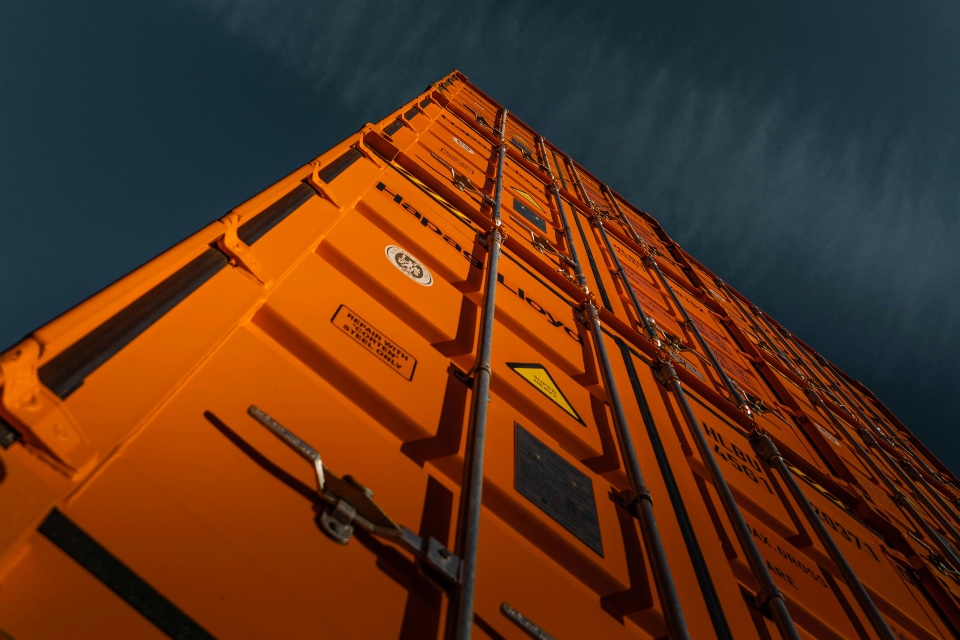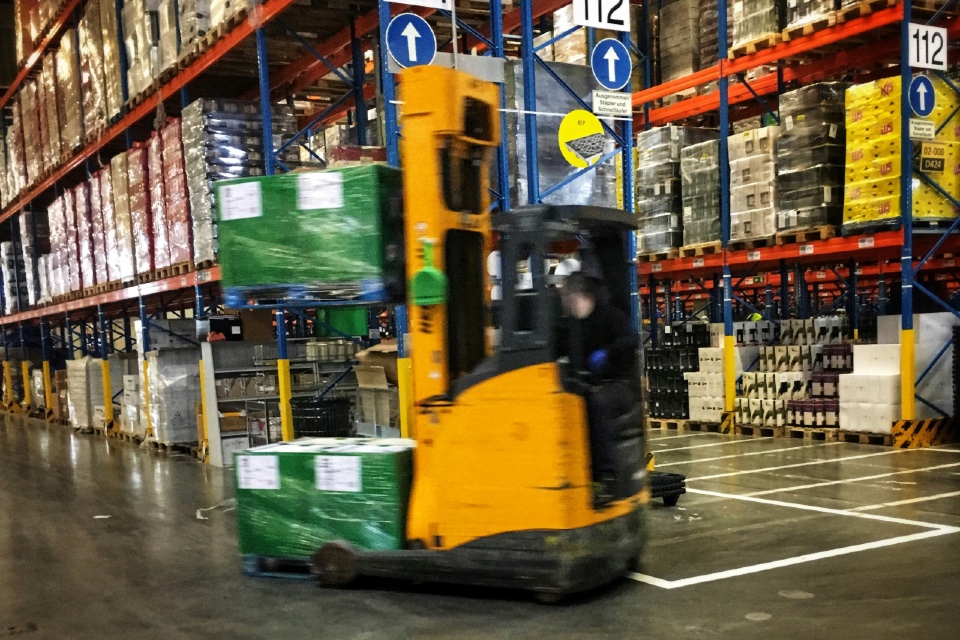With economic volatility, geopolitical disruption, and rising sustainability pressures hitting hard, the way organisations manage their supply chains is changing fast. Many are moving beyond traditional third-party logistics (3PL) arrangements, where logistics providers handle transport, warehousing, and fulfilment, to adopt fourth-party logistics (4PL) models that deliver greater integration, visibility, and strategic control...
In 2025/26, this shift towards 4PL is helping businesses build resilient, data-driven, and collaborative supply chains capable of adapting to uncertainty.
A 4PL model doesn’t replace your existing 3PL partners. It unites them under a single strategic umbrella, turning logistics from a cost centre into a driver of business advantage.
From Service Provider to Strategic Partner
Under a typical 3PL model, providers focus on the execution layer: transporting goods, managing storage, and fulfilling orders efficiently. While this remains essential, the post-pandemic supply chain has exposed the limits of fragmented operations.
4PL providers go further, acting as orchestrators, coordinating multiple 3PLs, carriers, and technology systems on behalf of the client. They provide a single point of accountability for the entire logistics ecosystem, using advanced analytics and digital platforms to align operations with business strategy.
For organisations managing complex, multi-region networks, this model offers end-to-end visibility and control, enabling smarter decision-making and faster response to disruption.
Technology as the Enabler
The shift from 3PL to 4PL has been accelerated by technology. Cloud-based platforms, AI-driven analytics, and digital twins now make it possible to integrate data from suppliers, warehouses, and transport providers in real time.
This means 4PLs can monitor inventory flows, forecast bottlenecks, and optimise routes proactively rather than reactively. Real-time dashboards give supply chain leaders actionable insights across multiple providers, transforming logistics from an operational expense into a strategic asset.
Collaboration and Resilience
4PL partnerships are also driving resilience through collaboration. By consolidating data across multiple logistics providers, organisations can identify vulnerabilities, model alternative routes, and build redundancy into their supply chains.
In sectors such as healthcare, retail, and manufacturing (where delivery delays can be critical) 4PL providers help create agile ecosystems that balance efficiency with risk mitigation.
Choosing the Right Partner
Transitioning to a 4PL model requires trust, alignment, and transparency. Businesses should look for partners with:
- Proven expertise in multi-provider orchestration
- Strong data integration and analytics capabilities
- Flexible contracts that allow for innovation and continuous improvement
- Shared sustainability and ESG goals
A Strategic Future for Logistics
As we move into 2026, the line between logistics provider and strategic partner is blurring. The organisations that thrive will be those that treat 4PL not as an outsourcing function, but as a collaborative framework for continuous optimisation and resilience.
In a world defined by disruption, the right 4PL partnership isn’t just about moving goods—it’s about moving the business forward.
| Category | 3PL (Third-Party Logistics) | 4PL (Fourth-Party Logistics) |
|---|---|---|
| Primary Role | Executes logistics services such as transport, warehousing, and fulfilment. | Orchestrates and manages the entire supply chain ecosystem, including multiple 3PLs and suppliers. |
| Scope of Service | Operational – focuses on day-to-day execution. | Strategic – oversees end-to-end supply chain design, optimisation, and performance. |
| Technology Use | Often limited to internal systems for tracking and reporting. | Uses integrated platforms, AI, and analytics for real-time visibility and predictive insights. |
| Accountability | Responsible for delivering specific logistics services. | Acts as a single point of accountability for the full supply chain network. |
| Data Visibility | Partial visibility within provider’s own systems. | Full visibility across suppliers, carriers, and warehouse partners. |
| Customer Relationship | Transactional – focused on service delivery and cost efficiency. | Partnership-based – focused on innovation, risk management, and long-term value creation. |
| Decision-Making | Operates based on client’s logistics strategy. | Collaborates to shape and implement the client’s logistics strategy. |
| Ideal For | Businesses seeking efficient operational support. | Organisations managing complex, multi-region supply chains requiring integration and resilience. |
Are you searching for 3PL and 4PL solutions for your organisation? The Total Supply Chain Summit can help!
Photo by Aron Yigin on Unsplash





